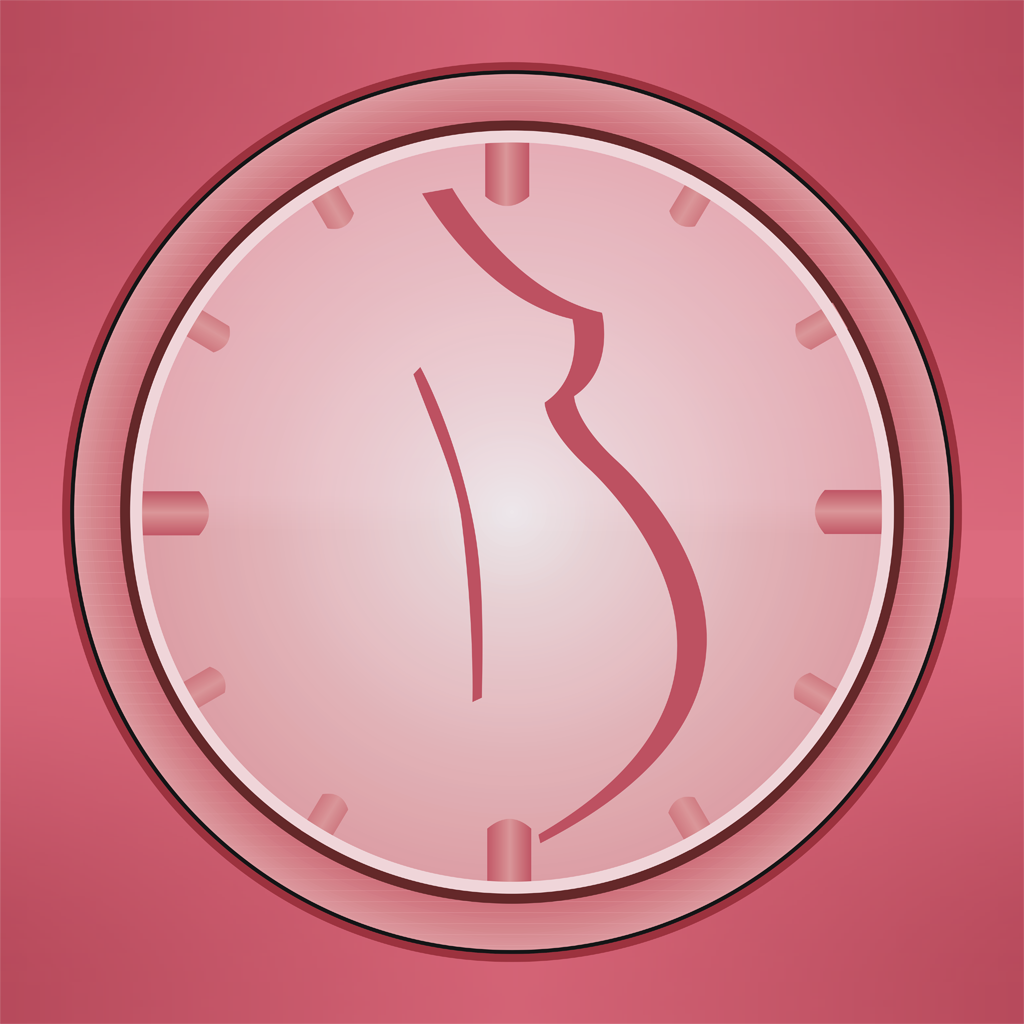
If you are like I was and timing by yourself, even with my excellent explanation, feels tedious, there are some great apps you can grab that will also do the trick. Knowing your contraction pattern also provides you with great information and will be another tool you can use to determine if you need more support. These questions will give your care provider a better perspective on where things are before anyone moves to change things from how they currently are.Ĭontraction timing is essential and can provide significant information for your care providers while caring for you. Questions should come with the contraction snapshot, like if you are able to talk through contractions, if you are feeling more need for support, if you have to stop and breathe through the contractions, and if there are any signs of things progressing like bloody show, shakes, puking, hot/cold flashes, etc. A suitable care provider will not simply look at your contraction timing as the only sign that you need to be close to your place and providers of birth. Occasionally longer and closer together contractions occur in early labor, but they do not have the strength behind them. Sometimes, someone begins tracking their contractions well before they are too difficult to ignore. Still, for many people, birth is imminent if contractions are getting longer, stronger, and closer together. You will also notice that I mentioned that some individuals never fall into this rule, so listening to one's body is the more important sign that things are getting closer.

Often, we tell birthing individuals that when their contractions are every four minutes and lasting for one minute, and they have done this for over an hour, it is time to head to the hospital, or birth center, or call the midwife to head your way. As I mentioned above, there is a rule we call the 4-1-1- rule. The second thing we are looking for is the duration and frequency of contractions. I have even seen someone have contractions every ten minutes until they give birth, completely throwing away the 4-1-1 rule and proving that every body and baby have their own timing. In that case, it is commonly a sign of malposition and a baby trying to get into a better position.

For example, suppose we see contractions short in duration occurring every two to three minutes. Both types of contraction patterns are common, but there are also uncommon patterns that eventually lead to babies being born. Another typical contraction pattern that we see are actual patterns, we might see someone who gets contractions that last for 45 seconds and 60 seconds every other time, or we might see that the contraction frequency is every five minutes, then every seven minutes, then back to every five minutes, alternating consistently. The most common patterns we will see are contractions that are similar in frequency and duration, slowly getting closer and closer together and longer in duration. What are your providers looking for with this snapshot you are sending them?įirst, we are looking to see if there is any kind of pattern. By doing this, your care provider will be able to see the duration of each contraction, which is how long each contraction lasts, as well as the frequency of your contractions, meaning how long you have in between contractions and how long they are lasting. Then, write down the time each contraction begins and how long it lasts. First, you should start counting from the beginning of one contraction to the beginning of the next contraction. If you use paper and pen or your notes on your phone, here is how you time contractions. All we need is a snapshot of what is happening timing-wise, and this can usually be achieved within about thirty minutes. I do not recommend timing for longer increments than this because it can be highly distracting, and as a care provider, we do not need hours and hours of your contractions being timed.

When you get to the point of being unable to ignore the tightening and somewhat uncomfortable sensations of contractions, it is a great idea to time them! Pull out a pen and paper, your notes on your phone, or your contraction timer and track them for thirty to sixty minutes. My second recommendation is to ignore your contractions until you can no longer ignore them.
CONTRACTIONS TIMING APP HOW TO
Still, I will do my best to explain how to do so in a simple way, and if you are still confused, I will offer a midwife's favorite contraction timing app because those make everything easier.īut first, when should you begin timing contractions?Īt the beginning of early labor, my number one recommendation is sleep. The first occasion I learned about timing contractions, it went right over my head. It is time to time them … but how do you do this? Contractions are grabbing your attention and just cannot be ignored any longer. So you might be in labor, and it feels like this could be the real deal.


 0 kommentar(er)
0 kommentar(er)
